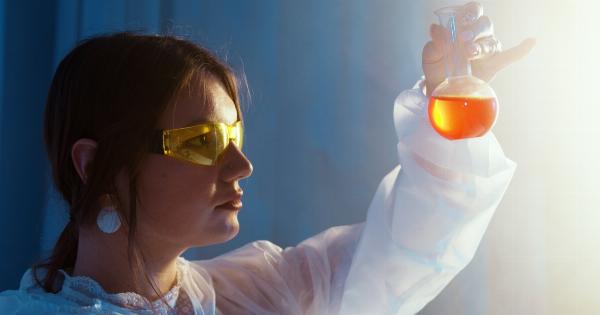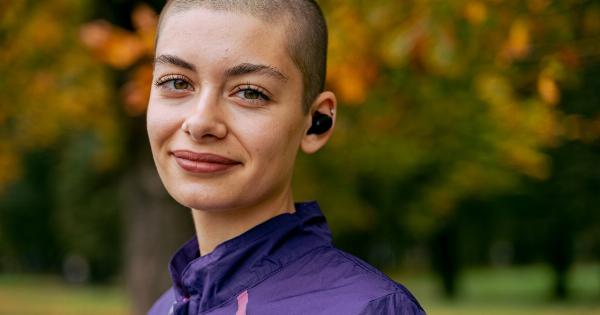Sexual education plays a vital role in equipping individuals with the knowledge and skills needed to make informed decisions about their sexual health.
It encompasses a wide range of topics, including reproductive anatomy, contraception, sexually transmitted infections (STIs), consent, and body awareness. Unfortunately, a majority of young women find themselves lacking essential knowledge about their own bodies, particularly when it comes to locating their vaginal opening.
The Lack of Awareness
Despite the advancements in information accessibility and the growing conversations around sexual health, numerous young women remain unaware of the basic understanding of their reproductive systems.
The vaginal opening, a crucial part of female anatomy, is an essential aspect to comprehend for various reasons. However, surveys and studies have shown that a significant number of young women struggle to locate their own vaginal opening or mistake other genital structures for it.
Anatomy Education: Filling the Knowledge Gap
One of the main reasons behind this lack of awareness is the inadequate emphasis on comprehensive reproductive anatomy education.
Many educational curricula fail to provide detailed information about the female reproductive system, leaving young women to rely on incomplete and often inaccurate sources of information, such as the internet or peers.
Including comprehensive anatomy education as a part of sexual education empowers young women with the necessary knowledge about their bodies.
Understanding the location and functions of the vaginal opening is not only crucial for sexual health but also for overall body awareness and self-care.
Misconceptions and Stigma
The lack of awareness regarding the vaginal opening leads to various misconceptions and myths. Some young women mistakenly believe that they have multiple openings or confuse the vaginal opening with the urethral opening.
This misinformation can have negative consequences, including anxiety, embarrassment, and even avoidance of seeking medical help when needed.
Misconceptions about the female reproductive system can also perpetuate harmful stigmas. Lack of understanding can lead to body shaming, unnecessary insecurities, and feelings of inadequacy.
Therefore, addressing this knowledge gap is crucial not only for individual well-being but also for building a more inclusive and supportive society.
Creating Safe Spaces for Discussions
In order to bridge the gap in knowledge, it is imperative to create safe spaces for discussions about sexual education, including thorough information about the female reproductive system.
Schools, healthcare providers, and parents should actively promote open dialogues and provide accurate resources to help young women gain a better understanding of their bodies.
Efforts can be made to incorporate comprehensive sexual education into school curricula, with modules dedicated to reproductive anatomy and body awareness.
This education should be inclusive, promoting gender equality and addressing the specific challenges that young women face.
Empowerment Through Self-exploration
Encouraging young women to explore their own bodies, in a safe and private setting, can also contribute to increased body awareness.
By providing accurate diagrams, resources, and guidance, young women can develop a better understanding of their reproductive anatomy, including the location of the vaginal opening.
Self-exploration not only aids in body awareness but also helps in recognizing and understanding any irregularities or changes that might indicate potential health concerns.
By empowering young women with this knowledge, they can make informed decisions about their sexual and reproductive health.
Calling for Better Sexual Education
In order to address the concerning reality of young women being unable to locate their own vaginal opening, it is essential to advocate for improved sexual education.
This includes comprehensive reproductive anatomy education, open discussions, and the provision of accurate resources.
Investing in sexual education that encompasses the full spectrum of reproductive health not only benefits young women individually but also ensures a healthier society.
Understanding one’s own body, including the location and functions of the vaginal opening, promotes body positivity, informed decision-making, and the overall well-being of young women.





























